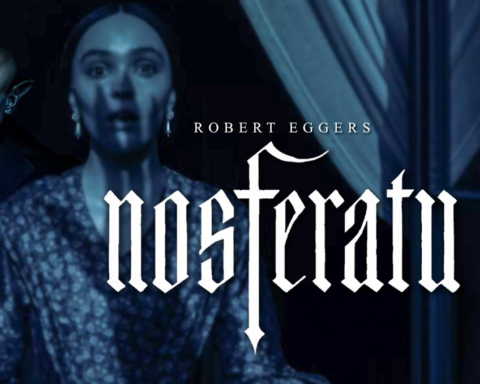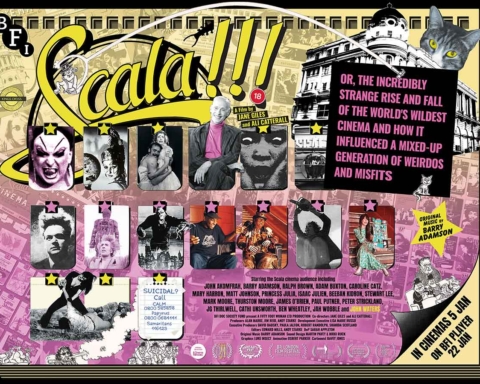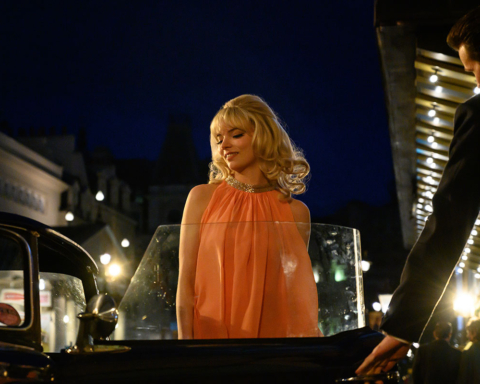Gustav Temple meets a best selling novelist and an art forger to find out the difference between fake or fortune.

When the subject of a blue plaque you have just seen outside a house in Saltdean answers the door, you are already questioning what is real and what is fake. For aren’t blue plaques usually on the walls of dead people?
This was precisely what best selling author Peter James thought when he first visited renowned art forger David Henty. James was accompanied by Chief Superintendent Graham Bartlett, with whom he was planning to write a true crime book in which Henty would feature. “The last time David had seen Graham,” says James, “was when he kicked his front door in and really buggered up his life. But David just beamed and said, ‘Great to see you, Graham! How are you doing?’”

My own visit to David Henty in Saltdean revealed a similarly jovial, lighthearted fellow, rather than the serious reformed criminal I expected to meet. Henty was arrested for passport forgery in 1996 by Graham Bartlett, for which he did five years in prison. During his time inside, he learned to paint, and when he was released he developed a new career as an art forger. According to Peter James, there is much more forgery in the world of high art than we think. “Recently I met someone who said that all the major art dealers reckon about 80 percent of paintings they’re offered are fake. It’s staggering, but I’ve heard that from several people.”
If this surprising figure is true, we can be sure that some of those fakes must have issued from the brush of my host this morning, David Henty. The house is crammed with Caravaggios, Modiglianis, Van Goghs and Picassos. It’s like being in the National Gallery but with a view of the misty Brighton coastline.
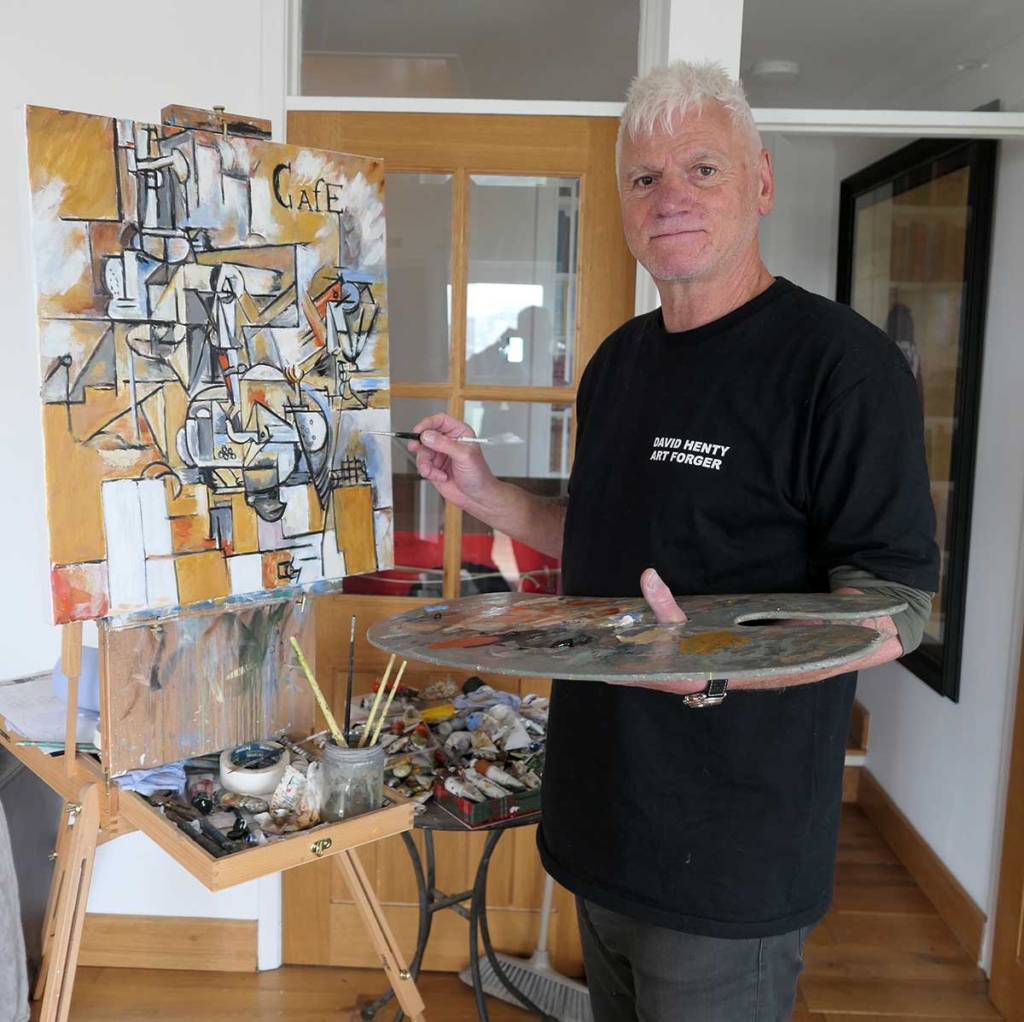
Henty is keen to clarify that all his works are now sold openly as copies (a term he prefers to ‘fakes’). “The new owner of Margaret Thatcher’s old house in Chester Square came down here from Park Lane, sending his security ahead into the house, and snapped up several Modiglianis. He knows they’re copies, but when they’re on the walls in his Mayfair mansion, his guests won’t know the difference. His friend had a Picasso in his house in Monaco. He was less worried about burglars than his young kids playing football and damaging the painting. So he flew me from Biggin Hill to look at the painting and take photos, then I came back and made a copy. He keeps the original in a secure vault.”
When Peter James first visited Henty with Graham Bartlett (the inspiration for James’s most famous sleuth, Roy Grace), he too was struck by all the highly convincing copies of famous paintings. As a thank you for opening his first exhibition of paintings in a Brighton gallery, Henty gave James a small Lowry the author had admired.
“On most of his paintings,” says James, “he actually puts his own name so he can’t be done for forgery. But he’d just signed this one by Lowry. Three weeks later we had a dinner party, and one of the guests was Tim Wonacott from Antiques Roadshow and then director of Sotheby’s. He looked at the painting and said what a beautiful Lowry it was. So I asked him if he thought it was genuine, and he took it off the wall and looked at it very closely. ‘I’m not seeing anything to tell me this is not genuine.’ And that’s what gave me the idea for the book. I rang David Henty the next day and asked him if he could forge a Fragonard so well that the world’s number one expert on Fragonard could not tell it was a forgery.”
The book was Picture You Dead, published in 2022 as the 18th Roy Grace novel. Now it has been turned into a play starring Peter Ash, Fiona Wade and George Rainsford as Roy Grace, currently touring major theatres across the UK until 2nd August 2025. The story concerns a Brighton couple who stumble across a rare painting at a boot sale by Jean-Honoré Fragonard. When they take it to a filming of Antiques Roadshow, they are told of its enormous value, which comes to the attention of various villains in the area, as well as an art forger named David Hegarty, based on Henty.

L-R: George Rainsford as Roy Grace, Peter James, Peter Ash
“The Fragonard in the play is made up,” says Henty. “It was never a real painting. Peter phoned me when he was writing the book and described the Doric column, the trees, the people having a picnic, and I had to make it all up from that. He also came here several times, wanting to know every single detail about art forgery, for example the wood burner. I used to put paintings beside it overnight, and after a couple of months you get a nice patina and a few little cracks. What you need to do is obliterate the smell of the oil paint.
Another trick I used was to send a painting round to Lenny the Bag’s house, who was a chain smoker. You couldn’t go in there because of the smell, but it was a great place to leave paintings for a few months. When you take it to the auction and they get this whiff of tobacco smoke, they automatically think it’s been in someone’s house for years. It’s all part of the deception.”
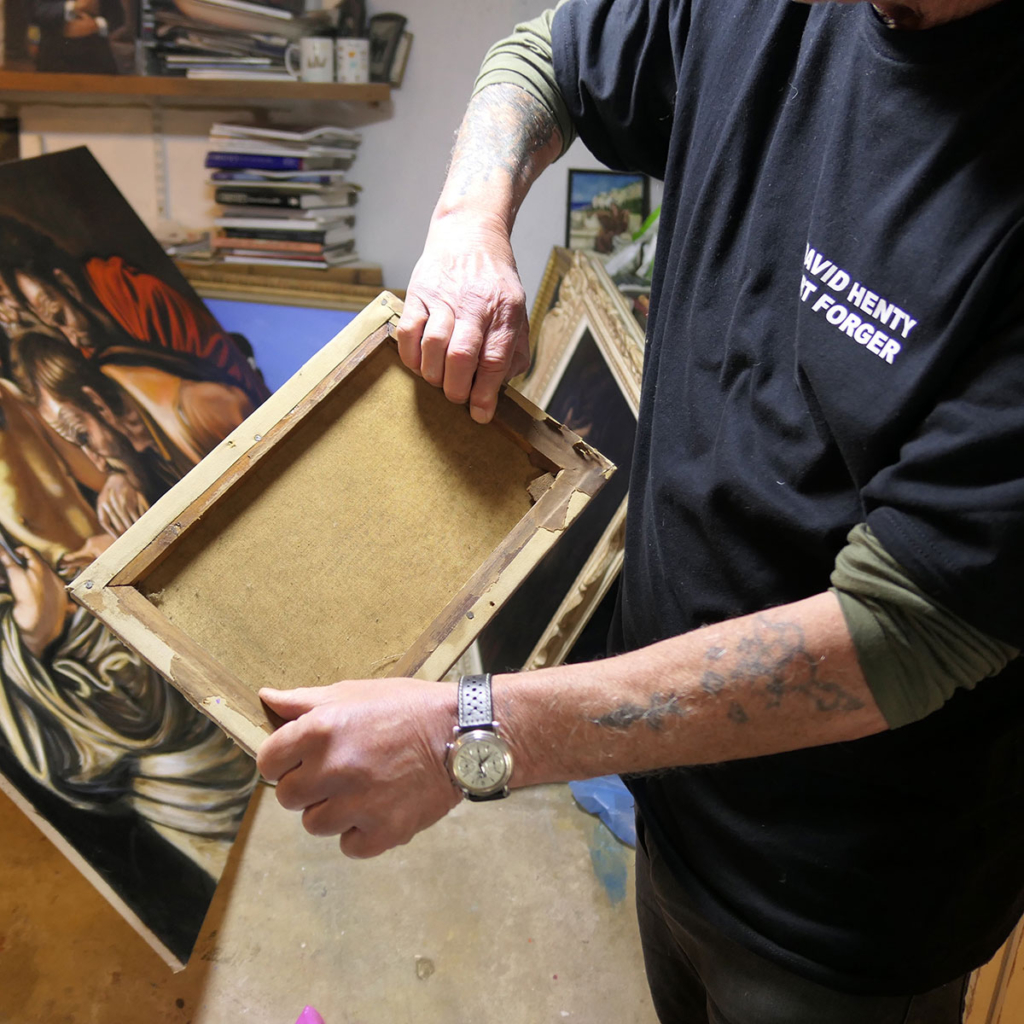
I asked James whether all his characters are so closely based on real criminals. “When I’m writing, the most important thing in fiction is character. We read books or watch a play or a movie to see what happens to the characters we’ve engaged with. The character is far more important than the actual story itself. So it was a complete gift to have this larger-than-life character, who incidentally is probably the nicest villain I’ve ever met. The original cheeky chappie. One of the key talents is David’s brushstrokes. I remember talking to a guy who tracks down art forgeries for The Art Register, and he said that the way most art forgers get detected is through the brushstrokes, but I don’t think anybody would detect David Henty through his brushstrokes.”
Peter James grew up in Brighton and was always drawn to the theatre. “My parents had regular seats on a Thursday night in the stalls at the Theatre Royal. I used to sit, aged about nine, and watch the curtain rise, dreaming that one day that curtain would rise over people performing something I had written. I’ve known Josh Andrews from a long time back. I hadn’t seen him for ages and we bumped into each other at a party. He’d just been producing the Agatha Christie plays. He said, ‘You’re the nearest thing to a living Agatha Christie; have you ever thought of having any of your books adapted for the theatre?’ I replied that it’s been a dream all my life.”
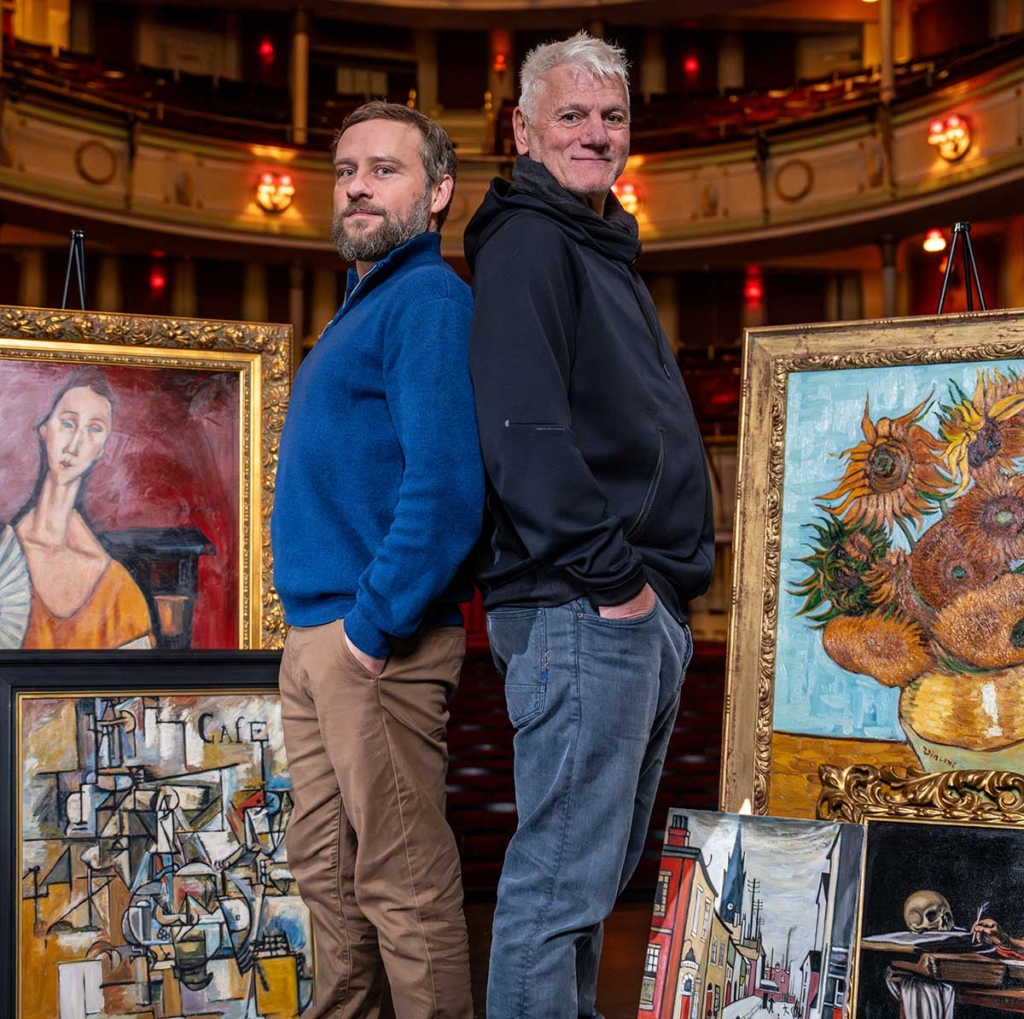
David Henty (right) with Peter Ash, who plays him in the play
David Henty visited the very same Theatre Royal in Brighton during rehearsals for Picture You Dead, where one of the sets is based on his own Saltdean studio. “Peter Ash plays me and he’s great. They didn’t make him look like me. He’s got a beard and a northern accent, but he’s got my character. When we met him down at the Theatre Royal, I was chatting to Peter James and I noticed Peter Ash watching me, imitating my expressions and demeanour. When we watched the play it was much closer to me than I’d expected. Because I’m quite cheeky and a bit irreverent, except when I’m painting. I’m quite scatty really.”
This surprised me. I told him you’d expect a career criminal to be very astute, to have a very careful and considered mind to avoid getting caught. At this point Henty’s wife Natania (who also features as a character in Picture You Dead) cuts in, laughing, “But he did get caught!”
Nowadays David Henty makes a comfortable living as a copier rather than a forger. People buy his paintings knowing full well they are buying a Henty, which now has its own artistic value. The plaque on his outside wall calling him the world’s No.1 art forger, though it may be a forgery itself, is not too far from the truth.
Picture You Dead is on tour in the UK. www.peterjames.com for performance dates


